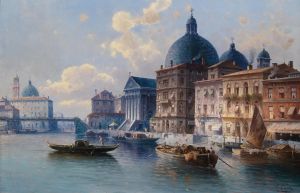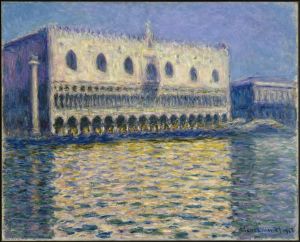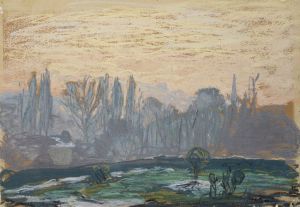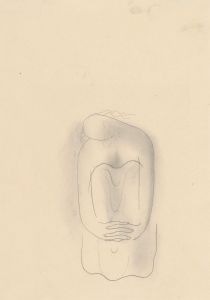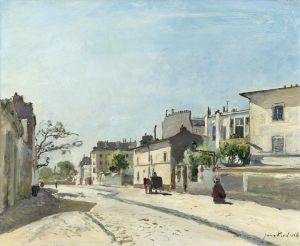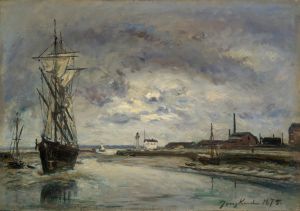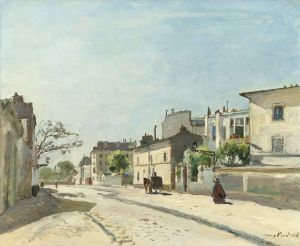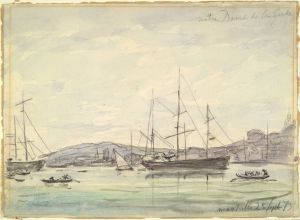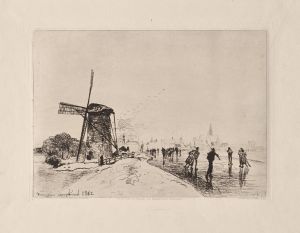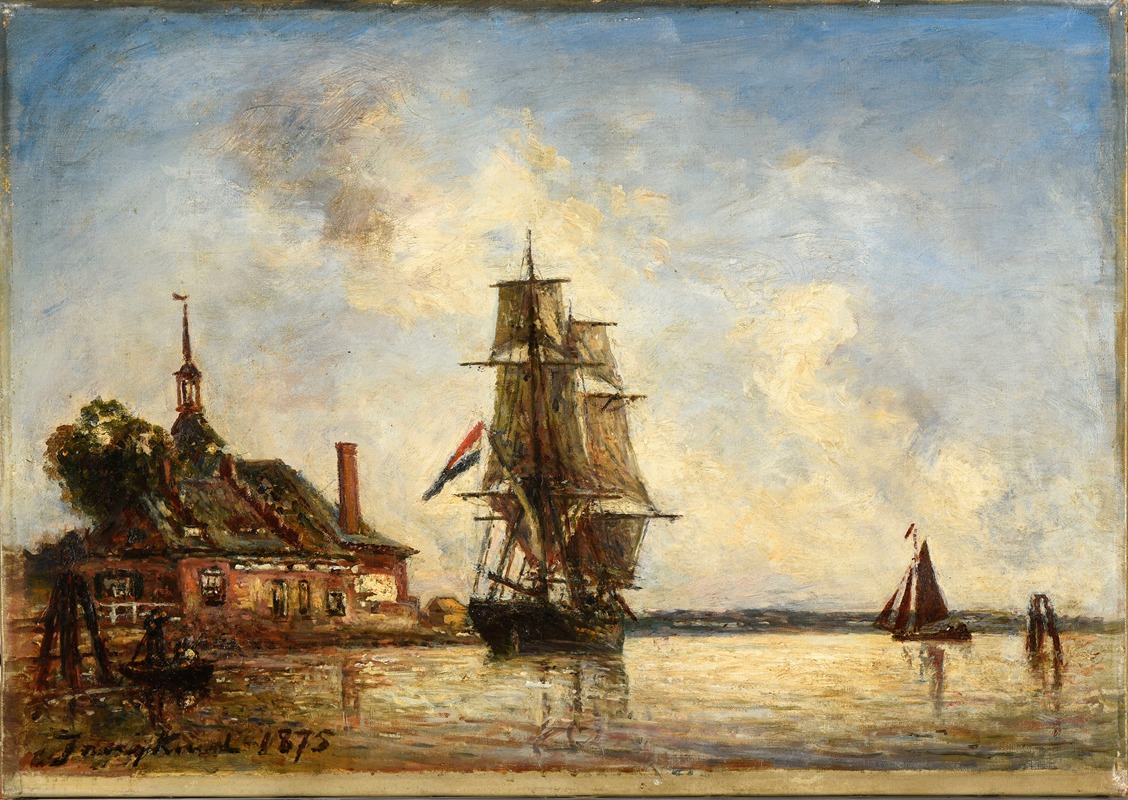
Canal en Hollande
A hand-painted replica of Johan Barthold Jongkind’s masterpiece Canal en Hollande, meticulously crafted by professional artists to capture the true essence of the original. Each piece is created with museum-quality canvas and rare mineral pigments, carefully painted by experienced artists with delicate brushstrokes and rich, layered colors to perfectly recreate the texture of the original artwork. Unlike machine-printed reproductions, this hand-painted version brings the painting to life, infused with the artist’s emotions and skill in every stroke. Whether for personal collection or home decoration, it instantly elevates the artistic atmosphere of any space.
Johan Barthold Jongkind was a Dutch painter known for his significant contributions to the development of Impressionism. Born on June 3, 1819, in Lattrop, Netherlands, Jongkind spent much of his career in France, where he became associated with the Barbizon School and later influenced the Impressionist movement. His works are celebrated for their innovative use of light and atmosphere, often depicting landscapes, seascapes, and urban scenes.
"Canal en Hollande" is one of Jongkind's notable paintings, reflecting his mastery in capturing the serene beauty of the Dutch landscape. Although specific details about the painting's creation, such as the exact date, are not widely documented, it is known that Jongkind frequently revisited themes from his native Netherlands throughout his career. His works often feature canals, windmills, and the distinctive flat landscapes of Holland, rendered with a keen eye for light and reflection.
Jongkind's technique in "Canal en Hollande" exemplifies his skillful use of color and brushwork to convey the transient effects of light on water and sky. His approach often involved painting en plein air, or outdoors, which allowed him to observe and capture the changing conditions of the natural environment directly. This method was a precursor to the practices of the Impressionists, who admired Jongkind for his ability to depict the ephemeral qualities of nature.
The painting likely features a typical Dutch canal scene, characterized by calm waters, lush greenery, and possibly the presence of boats or figures engaged in daily activities. Jongkind's attention to detail and his ability to evoke a sense of place are evident in the way he portrays the interaction between land and water, as well as the atmospheric conditions that define the scene.
Jongkind's influence on the Impressionists, particularly Claude Monet, is well-documented. Monet himself acknowledged Jongkind's impact on his development as an artist, noting that Jongkind's approach to painting light and atmosphere inspired him to explore similar themes in his own work. Jongkind's ability to capture the fleeting effects of light and his emphasis on direct observation were key elements that the Impressionists would later adopt and expand upon.
"Canal en Hollande" is a testament to Jongkind's enduring legacy as a pioneer of modern landscape painting. His works continue to be celebrated for their innovative approach and their ability to convey the beauty and tranquility of the natural world. Today, Jongkind's paintings are held in various collections worldwide, appreciated for their historical significance and their contribution to the evolution of art in the 19th century.





